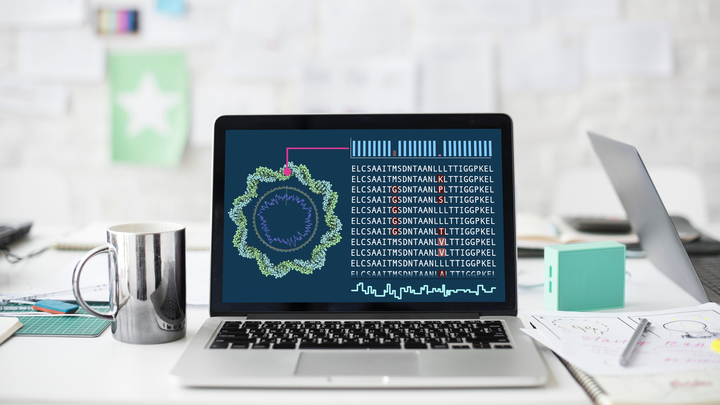Computational Design

Our lab is interdisciplinary. One part of the research is conducting in silico protein design.
Protein engineering / design is a hard problem. Because the number of possible sequences scales exponentially with the number of residues (\(20^{no.\ of\ residues}\)), you’d need a tube that is bigger than a mole of universes, if it were to hold a single one of all possible 100 amino acid-sized proteins. So, even the highest-throughput assay isn’t enough to test only a fraction of the total sequence space. On the other hand, most of these random sequences will be totally nonfunctional. To narrow the search down to areas of the sequence space that do have a good chance of exhibiting some kind of function, we resort to computational predictions. A plethora of approaches is nowadays available to computational biochemists, ranging from bioinformatic sequence analysis, over biophysical simulations, to machine learning. Our lab is interested in developing a holistic approach incorporating all these methods, and combine them with experimental high-throughput screening on top of that.
This project should be for you if most of these things are TRUE for you:
you have an analytical, yet creative and visual mindset
biophysics is just as fascinating to you as biochemistry is
you already know how to or are keen to learn programming (in various languages)
you prefer working with mouse and keyboard over pipettes and flasks
when you hear ‘protocol’ you think http, not miniprep
‘Molecular dynamics simulations’ sounds cooler than ‘Golden-Gate cloning’
If you had to generate more DNA variants than there are galaxies in the universe, you’d rather do it in a shell than a tube
You think the only error in \(\frac{c_1}{V_1} = \frac{c_2}{V_2}\) is that it should be written with
==.
Not funny? Maybe an experimental project is more to your liking.